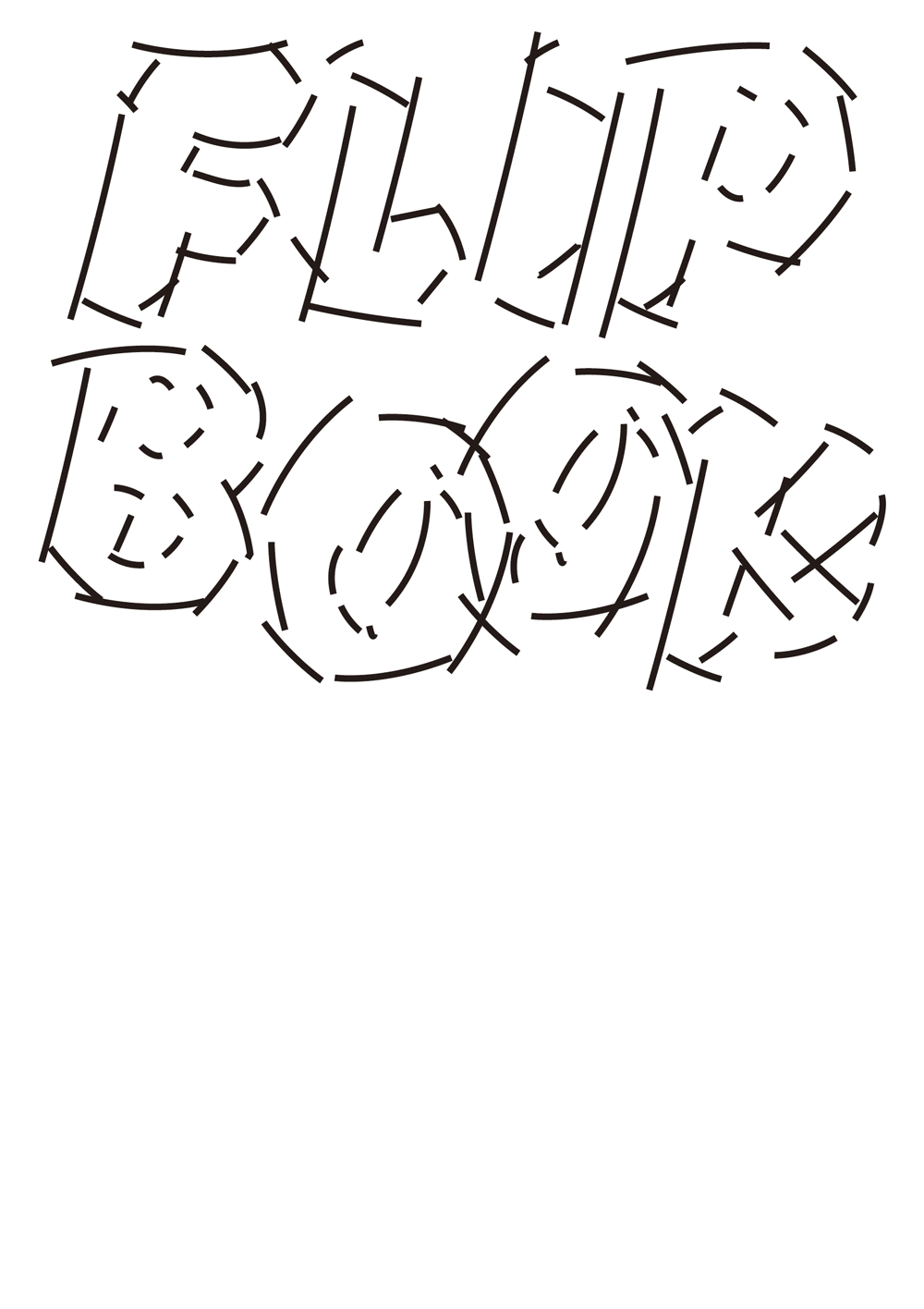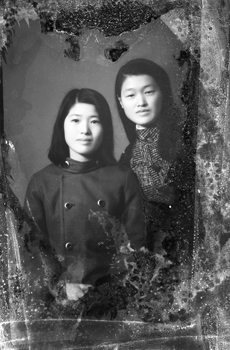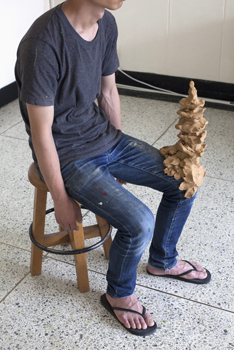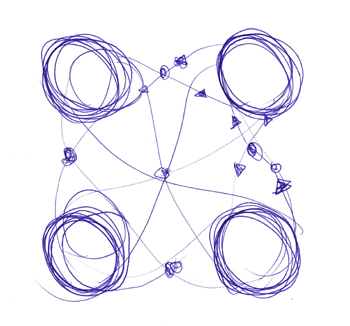Animism
December 6, 2013–March 2, 2014
Opening: December 5, 5pm
Ilmin Museum of Art
139 Sejong-no, Jongno-gu
Seoul 110-050
Korea
Hours: Tuesday–Sunday 11am–7pm
Artists: Adam Avikainen, Al Clah, Alain Resnais, Ana Mandieta, Angela Melitopoulos, Angela Ricci Lucchi, Candida Höfer, Chosil Kil, Chris Marker, Daria Martin, Dierk Schmidt, Donghee Koo, Dongyeop Lee, Erhard Schüttpelz, Ehler Voss, Erik Steinbrecher, Hans Richter, Harun Farocki, Heinz Schott, Heungsoon Im, Hosang Park, Jakrawal Nilthamrong, Jean Painlevé, Jimmie Durham, Joachim Koester, Ken Jacobs, Len Lye, León Ferrari, Marcel Broodthaers, Maurizio Lazzarato, Natascha Sadr Haghighian, Otobong Nkanga, Park Chan-kyong, Paulo Tavares, Sangdon Kim, Suki Kim, Susan Schüppli, Tom Holert, Vincent Monnikendam, Walt Disney, Yayoi Kusama, Yervant Gianikian
Curated by Anselm Franke, Head of Visual Arts at the Haus der Kulturen der Welt in Berlin/in collaboration with Hyunjin Kim, Chief Curator, Ilmin Museum of Art
*Please visit website for lecture information.
Animism
From December 6, 2013 to March 2, 2014, the Ilmin Museum of Art will be hosting a new chapter of the multi-part project Animism, which brings together a diverse body of work by international artists from the early twentieth century to today, as well as material from the museum’s own research archive. This new chapter of the project includes over 50 pieces by a total of 37 artists and collectives from around the world.
“Animism” is commonly understood as the belief that objects or nature possess souls. Having long been identified with superstition, magic and the irrational, such belief was seen as the pre-historic opposite of modern civilization, both from the perspective of the monotheistic religions and of enlightened scientific rationality. European anthropologists and psychologists, at the end of the 19th century, defined animism as an “error” and “mistake” typically made by pre-modern “savages,” but also by children and people with mental disorders. According to them, people who believed in animism confused the border between subjective, mental life and objective reality, and hence ultimately between the animate and inanimate, between active agents and passive matter. To be modern meant to leave animism behind, and to separate the world in accordance with the dualist divides that have been in effect in Europe since René Descartes: soul and body, mind and matter, culture and nature. The modern disciplines of knowledge and state institutions, today, have become the guardians of these divides.
This exhibition suggests the possibility of a different narrative, questioning the assumptions behind these divisions. Through works of art, films, and archival materials, it directs our gaze to the different relations and social orders established by personal and technological media. It also traces the inevitable “return” of animism inside modernity in the form of modern technological media and economies of animation, and questions their relation to nature, labor, and capital.
Candida Höfer’s photographs (1990–2004) depict views from ethnographic collections, and point to the labor invested in preservation and to the rationale of knowledge and progress inscribed into the medium of the exhibition and the museum as institution. Jimmie Durham’s installation As Lot’s Wife Came to Understand, Fossilization and Petrifaction Can Occur Through Passive Nostalgia (2007) holds up a playful mirror to the mortifying museum apparatus and the Western notion of stone as “dead” matter. Works by Chris Marker and Alain Resnais (1953) and Natascha Sadr Haghighian (2001) further investigate the “symptoms” of objectivist knowledge. The exhibition queries the relationship between the colonial frontier and technologies of animation in modern media such as cinema. Vincent Monnikendam’s film Mother Dao, the Turtlelike (1995) attempts to reverse the power relations inscribed in images from found film footage shot between 1912 and 1933 in what was then the Dutch East Indies. Works by Marcel Broodthaers, Yayoi Kusama, Ana Mendieta, Daria Martin and Tom Holert open up different perspectives on animation and “enchantment” within the modern imaginary, suggesting how the merely imaginary and fictional can become documentary. Len Lye’s seminal animation film Tusalava (1929) consists of thousands of individual drawings based on the artists’ study of Maori art and explores the relation between mummification and animation as intrinsic to the medium of film. It appears in the immediate vicinity of Walt Disney’s The Skeleton Dance, also created in 1929, a film that exemplarily articulates the “laws” of the cinematically animated universe. Capitalism: Slavery (2006), a video by Ken Jacobs, links the technique of the animated image to the standardized gestures in modern labor. Joachim Koester’s work, My Frontier is an Endless Wall of Points (2007), animating the drawings made by Henri Michaux under the influence of mescaline, addresses a growing divide between the representable and non-representable, between symbolic structure and imagination. Assemblages and Life of Particles (2012) is a video installation and research project by Angela Melitopoulos and Maurizio Lazzarato that follows the intellectual trajectory of Félix Guattari—philosopher, activist, institutional psychotherapist and co-author of Gilles Deleuze. The work interrogates the relations between self and world and humans and nature in the context of the history of psychiatry and political resistance, on a trajectory from Europe via Brazil to Okinawa and post-Fukushima Japan. In his new work Parallel (2012), German film director and media artist Harun Farocki shows computer-generated landscapes and real landscapes side-by-side, exploring the role of computer-generated animation as hyper-real devices of the control of movement and life. A large-scale painting by Adam Avikainen fills one wall of the second floor exhibition hall, a forensic scene opening up a dialogue with natural resources; a work produced during the three-month stay of the artist in South Korea.
Korean artists’ contributions include photographs by Park Chan-kyong, who works on the subject of shamanistic faith and practices during the industrial modernization in Korea; Jeju Prayer (2012) by visual artist and film director Heungsoon Im; Under the Vein (2012), a video work by Donghee Koo; Sangdon Kim’s Mirror (2009), which shows the primal, wild nature and indigenousness in inverted Korean landscapes; and Chosil Kil’s The Breathtaking (2009), which consists of a glass bottle imbued with the breath of a shaman. Also included are photographic works by Hosang Park (2010) and Dongyeop Lee (2011) that had been shown in two Ilmin Visual Culture publication series, The Investigation of Things and See, Show and the Windows, and other works chosen during research. Other archival materials were selected from the Museum of Humanities and the Dong-A Ilbo archives.
Animism at Ilmin Museum is the seventh iteration of the exhibition and overall research project presented at Extra City and MuHKA, Antwerp, 2010; Kunsthalle Bern, 2010; Generali Foundation, Vienna, 2011; the Haus der Kulturen der Welt, Berlin, 2012; e-flux, New York, 2012; OCAT Shenzhen, China, 2013, and Ashkal Alwan, Beirut, Lebanon in 2014.
Ilmin Museum of Art
The Ilmin Museum of Art has been an important center of contemporary visual art and culture in Korea since its establishment of 1996. It is located in Gwanghwamun, where contemporary urban skylines live together with old palaces of the Joseon Dynasty. Not only is the museum located at a geographical intersection of past and present in the heart of Seoul; its building is symbolic of the modern history of the Gwanghwamun area, constructed in 1926 during the Japanese occupation as the headquarters of the leading Korean newspaper, Dong-A Ilbo, which was based in the building until the opening of the Ilmin Museum in December 1996. The building reopened in 2002 after undergoing renovations to preserve its traditional form while giving its architecture a contemporary appearance. It was designated as one of Seoul’s ten cultural assets of modern architecture in 2010 for its historical significance.
The Ilmin Museum of Art has offered exhibitions, lectures, documentary film archives, screenings, and publications on the diverse visual culture of today. In 2012 the Dong-A Ilbo’s newspaper museum, Presseum, moved and reopened on the fifth and sixth floors of the museum, creating a new, expanded art museum complex. Through curating and organizing a variety of exhibitions that combine contemporary visual art with local and international interests, the Ilmin Museum of Art seeks to create a dynamic space for leading contemporary discourse and aesthetics. Endeavoring to facilitate diverse communications with its audiences, the Ilmin Museum of Art wishes to be a progressive producer of visual culture at the forefront of our time.
Press contact: press@ilmin.org / T +82 2 2020 2063




